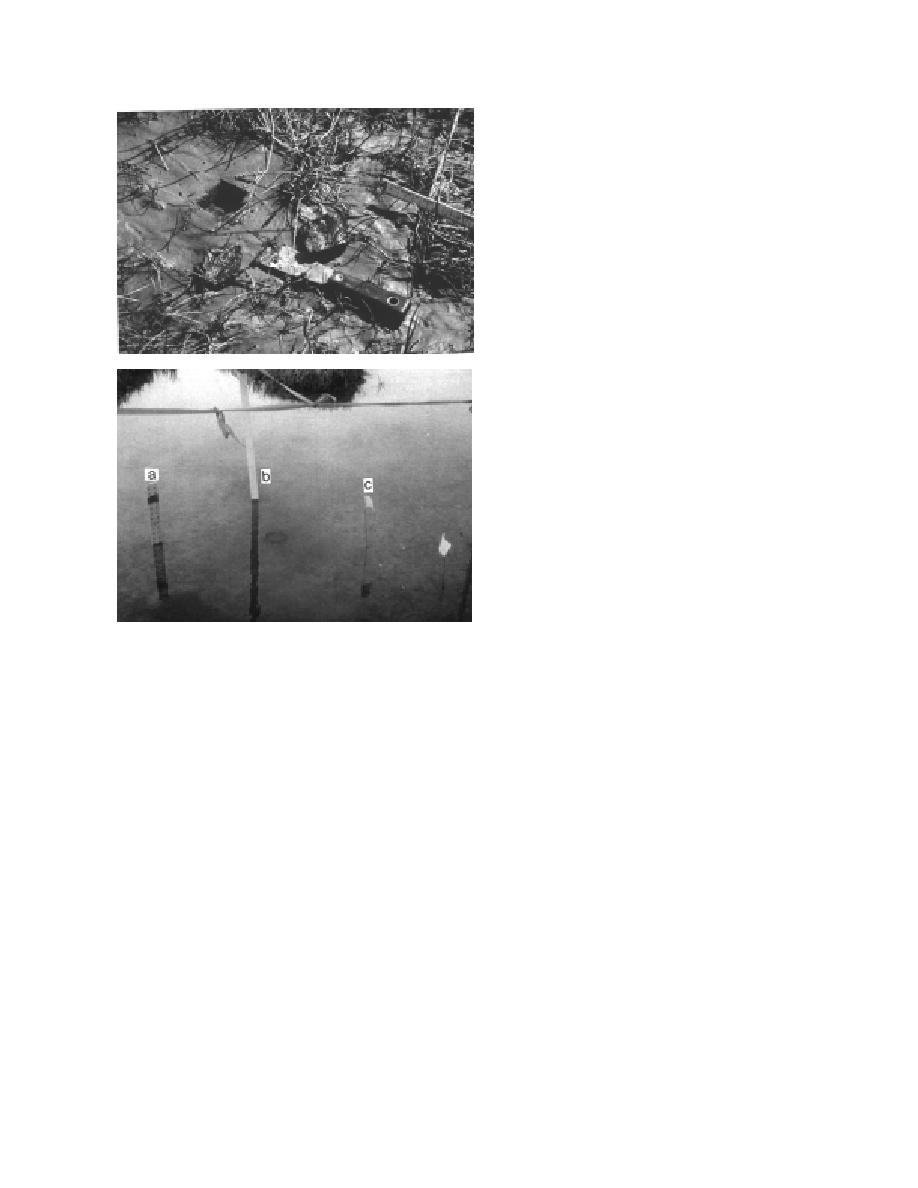
Figure 6. Paint layer within block of sediment as
measured to define sedimentation rates.
Figure 7. Sedimentation station in a pond site. A
meter stake (a), cup sampler (b) and plate sampler (c)
are shown in position. The plate sampler is located be-
tween the two survey flags.
tidal inundation and river currents, and materials
mm with a millimeter scale. Paint was applied at
resuspended by wind waves, dabbling ducks or
certain sites in June 1992, and others in mid-
other mechanisms. The quantity of accumulated
August 1992. In contrast to sedimentation stakes,
sediment is measured to the nearest 0.5 mm by
which are broken or removed by various pro-
inserting a millimeter rule into the sediments at
cesses during winter, the wire flags and the
three places. After measurement, the sediment in
persistence of buried paint horizons suggests this
the cup is cleared away.
method may provide a continuous record of net
We measured the net sedimentation rate in
sedimentation rates.
ponds using a thin, rigid plastic plate of about 30
Sedimentation rates in ponds were also mea-
cm square that is pushed gently into the pond
sured at 10 sites following tidal inundations in
bottom until it is flush with the surface. The cor-
June, August and September 1992 and May and
ners of the plate are secured by aluminum tent
September 1993 (Fig. 4). We expected these rates
pegs (c on Fig. 7). Sediment in suspension settles
to be extremely low and possibly to be affected
onto this plate, but this sediment can also be re-
by resuspension of bottom sediments during the
worked and resuspended by wind or other mech-
process of obtaining data. We, therefore, used
anisms, thereby delineating a net rate. In addi-
three methods at each site initially, but have
tion, by measuring the sediment thickness at
found two to be relatively reliable.
three random locations, the plate's dimension
Gross deposition is measured in a sediment
provides some measure of the spatial variability
trap consisting of a 4-in.-diameter (10.2-cm-diam-
in sedimentation or erosion rates. Plates are cov-
eter) PVC "cup" glued to one end of a short
ered by sediment, and later by aquatic vegetation,
length of 2-in.-diameter (5-cm-diameter) PVC
within one to two weeks or less of placement; this
pipe. The pipe was inserted into the pond until
cover negated the possible effects of their smooth
the bottom of the cup was in contact with the bed
surfaces on their sediment trapping efficiency.
(b on Fig. 7). Sediments held within the cup in-
Initially in 1992, a stake with a millimeter-
clude new sediment brought into the ponds by
6



 Previous Page
Previous Page
